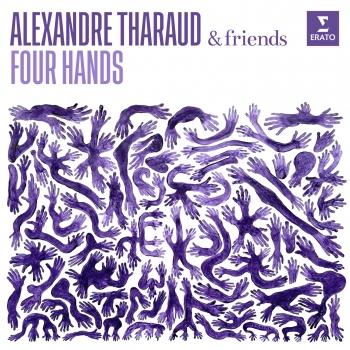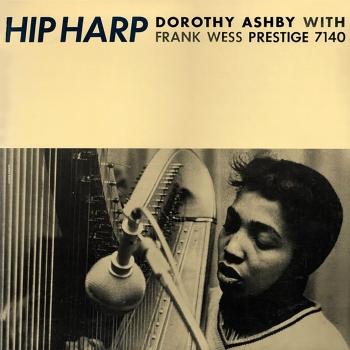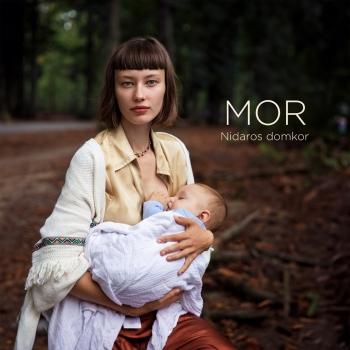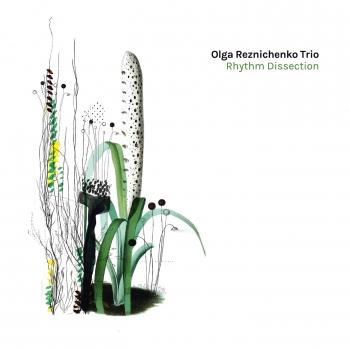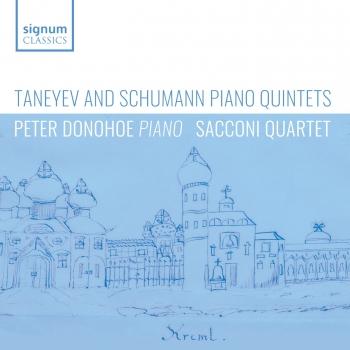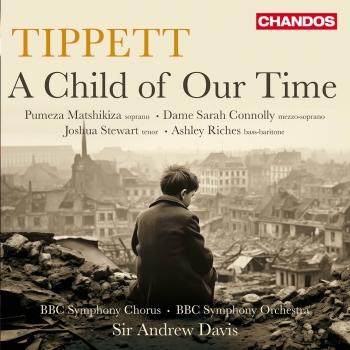
Waitaminute Peter Herbolzheimer Rhythm Combination & Brass
Album info
Album-Release:
1973
HRA-Release:
09.03.2016
Album including Album cover
- 1Waitaminute05:52
- 2Mr. Clean04:23
- 3The Ballad of the Sad04:54
- 4Green Witch05:18
- 5Wild Chick05:01
- 6The Meaning of the Blues05:57
- 7Modus Vivendi05:35
Info for Waitaminute
Romanian born trombonist, composer/arranger Peter Herbolzheimer led one of the most innovative, successful European big bands, Rhythm Combination &Brass. Composed of international stars, the band zeroed in on a big brassy sound, usually incorporating a single reed player – the great saxophonist Herb Geller. Recorded in early 1973, the album exemplifies RC&B’s playing during its early innovative period, when blues, gospel, bop and rock dominated. The lushly orchestrated Waitaminute features stellar solos by Geller on flute and Danish trumpet great Palle Mikkelberg before the music ascends into collective improvisation and a return to the theme. The earthy rock of Mr. Clean underpins passionate solos by two Dutch stars, Ferdinand Povel on soprano sax, and Ack Van Rooyen on flugelhorn. American trumpeter Rick Kiefer tenderly handles the theme of Ballad of the Sad Young before it morphs into rousing Latin. The dark-colored, hard-rocking Green Witch features spellbinding solos by Pavel on tenor, guitarist Siggi Schwab, and e-pianist Horst Mühlbradt. Dieter Reith’s organ dominates the exotic Wild Chick, while Jiggs Wigham’s plaintive trombone ponders The Meaning of the Blues. On the hard-swinging Modus Vivendi Danish bass great Niels-Henning Ørsted Pedersen takes an exemplary solo followed by Van Royen’s trumpet. The last piece defines jazz: “a way of life”. With RC&B, what a good life it is!
Peter Herbolzheimer, bass trombone
Jiggs Whigham, trombone
Rudi Füsers, trombone
Rick Kiefer, trumpet
Ack Van Rooyen, trumpet, flugelhorn
Art Farmer, trumpet, flugelhorn
Palle Mikkelborg, trumpet, flugelhorn
Herb Geller, alto saxophone, flute
Niels-Henning Ørsted Pedersen, bass, electric bass
Dieter Reith, electric piano, organ
Horst Mühlbradt, electric piano, percussion
Ferdinand Povel, flute, alto-, soprano-, tenor saxophone
Sigfried Schwab, guitar, sitar
Sabu Martinez, congas, bongos, tabla
Tony Inzalaco, drums
Recorded January 1973 at Studio Cornet, Cologne, Germany
Digitally remastered
Peter Herbolzheimer
was born to a Romanian mother and a German father in Bucharest, Romania. His family emigrated in 1951 from Romania to Germany. Peter Herbolzheimer studied the guitar and spent several years in the USA. As an exchange student in the beginning and later on as a design dratfsman for General Motors in Detroit, Michigan. In 1956 Peter finally returned from Motown to good old Germany.
After leaving music-college in Nürnberg, Germany Peter Herbolzheimer played as a trombonist in several Jazz bands. In 1969 he joined legendary German singer Udo Lindenberg and his formation Free Orbit. For several years he was member of Bert Kaempfert´s Orchestra and played along with Jiggs Whigham and Herb Geller. These two guys Herbolzheimer took in his newly founded Rhythm Combination & Brass in late 1969. And as you can guess by it´s name, in this particular band the rhythm secction was equally treated as the rest of the ensemble. These were two keyboards, a guitarre, bass, drums, percussion and the eight man horn section (Allan Botschinsky, Dusko Goykovich, Palle Mikkelborg, Art Farmer, Herbolzheimer, Jiggs Whigham, Rudi Fuesers, Joe Gallardo). While the saxophone part was mostly reduced to one player (Herb Geller oder Heinz von Hermann, later on Ferdinand Povel). The pure concentration on brass without any Saxophone-use enabled vivid and powerful contrasts between strong phrasing and clearance for solo performances. Under the moniker Rhythm Combination & Brass Peter Herbolzheimer performed frequently on German television as well as several radio programs. Rhythm Combination & Brass started out as a Jazz-Rock and Fusion style band and evolved into more Latin elements and later on they focused on Straight-ahead-Jazz and ending up in classical Big-Band repertoire. Herbolzheimer arranged, in behalf of Kurt Edelhagen´s Orchestra and together with Dieter Reith and Jerry van Rooyen the music for the Olympic March for the Olympic Games in 1972 in Munich. From 1972 until 1988 Herbolzheimer was responsible for all Horn secctions for Udo Lindenberg´s Panic Orechstra and played the trombone on many occasions.
Since the foundation of the Bundesjazzorchestra in 1987, Peter Herbolzheimer was their musical conductor until 2006. Furthermore he was chairman of the Union Deutscher Jazzmusiker (UDJ) and later on he became honory president up to his death. Besides his unresting work as a Big-band leader Peter Herbolzheimer was one of the best German Jazz Arrangers. He wrote several songs for Herbie Hancock and for the austrian legend Konstantin Wecker. In 1994 for the grand opening of the Haus Der Geschichte he re-arranged the national anthem of the German Democratic Republic the "Deutschlandlied" with melting it into the Hymne for Europe. A real nice mash-up that can still be listened to in the museum to this day. Herbolzheimer composed a lot of scores for several movies like Das Traumhaus (1980), Abgehauen (1998) and the television series "So lebten sie alle Tage" (1984).
Herbolzheimer was handling his compositions via his own publishing company together wit his wife Gisela Herbolzheimer.
This album contains no booklet.

